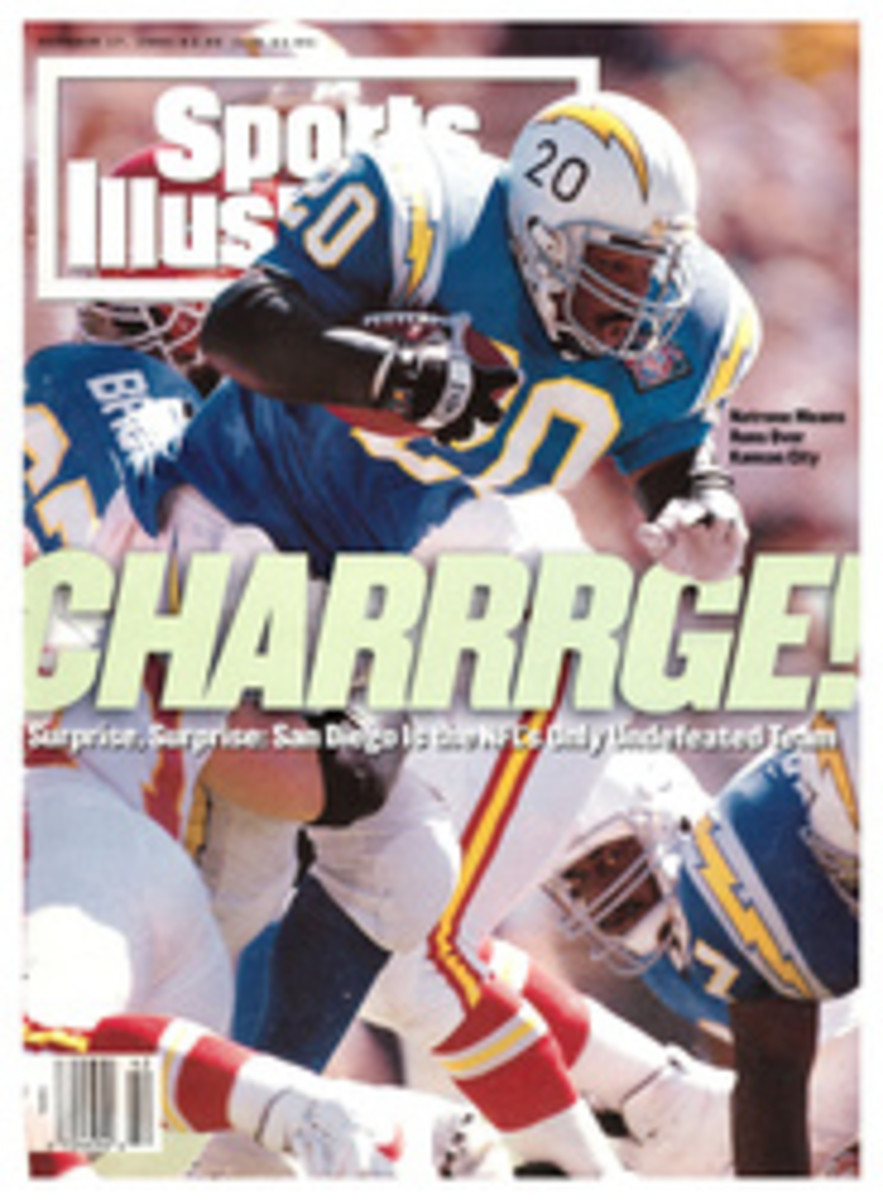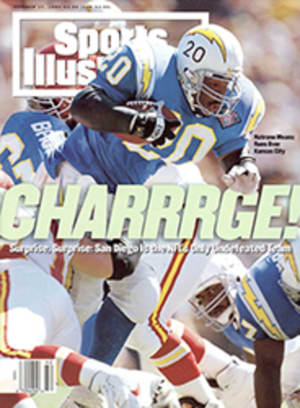
Routine Perfection
It's 7:20 a.m. at the Rossmoor Athletic Club in Rossmoor, Calif., and Dr. Tom Amberry has sunk the first 61 of his 500 daily free throws. His routine is unwavering. Three bounces, shoot...swish. Three bounces, shoot...swish.
Suddenly the door flies open. A dozen volleyball players burst in and begin running noisy laps on the perimeter of the basketball court. If Amberry is distracted, he doesn't show it. Still, his next shot circles the rim several times before falling through the net. "That just tells me I need to go back to my routine and focus," says the soft-spoken Amberry. No problem. Three bounces, shoot...swish.
Amberry's routine works so well that last November he shot 2,750 consecutive free throws in 12 hours, nuking the 16-year-old world record by more than 700 shots. And it's not that he missed on the 2,751st. "They were closing the gym for the night, so I had to stop." he says.
Amberry, 71, is a former All-America at Long Beach City College who averaged 19.7 points a game during the 1946-47 season. He later played with the AAU's Oakland Bittners and San Diego Tecate Dons, but after opening a podiatry practice in Long Beach in 1951, he didn't touch a basketball for 40 years.
When Amberry retired three years ago, he decided he needed a hobby. "I heard they have free throw shooting in the Senior Olympics, so I started practicing," he says. "I had no concept of a method—just step up to the line and shoot. A couple of months after I started, I met a guy at a Senior Olympics free throw competition in Palm Springs [Calif.] who'd been coaching high school basketball for 28 years, and he said, 'You won't beat me because I've shot 30,000 free throws in the past two months.' "
Amberry took up the challenge and began a serious study of free throw shooting. "The more I read about it and looked into it, the more I realized the only way you do it is practice," he says. "You have to perfect all parts of your technique; then it's just focus and concentration. A free throw takes six seconds, and you can't think of anything else during those six seconds—you have to put all other thoughts out of your mind. Each shot is a separate shot, and it's the same ritual every time."
As he traveled around the country competing, he incorporated into his routine pointers from various free throw experts. Mike Scudder, a former player at St. Joseph's College in Rensselaer, Ind., who gives free throw demonstrations at the school's basketball camps, taught Amberry to keep his feet parallel, square his shoulders to the basket and bounce the ball three times—"always with the inflation hole up." says Amberry. "because it's the only thing common to all basketballs, and that way you can always grip the ball on the same seam." From John Scott, who produces instructional videos, Amberry learned the importance of keeping his shooting elbow in. ("There are only four ways to miss—long, short, left and right," says Amberry. "This eliminates left or right.") Buzz Braman, who works with the Orlando Magic, stressed keeping one's eye on the basket. And from Floyd Strain, a sports psychologist in Payette, Idaho, Amberry picked up the trick of visualizing his arm as 15 feet long and dropping the ball into the basket, which helps sustain his follow-through.
Today, Amberry is virtually unbeatable at the free throw line. After setting his record last November, he went to assistant basketball coach John Welch of Long Beach State and offered his services. "Dr. Tom walked into my office. He told me he was the world's greatest free throw shooter and wanted to get involved with our program," says Welch, who played basketball at UNLV. "I said, 'Work with me first, and if you can improve my free throw shooting, we'll go on to the players.' The first day I hit 68 in a row. The second, I hit 99 out of 100. That was proof enough for me."
By the end of last season Amberry's techniques had led to a marked improvement in Long Beach's free throw shooting. The players sing his praises. "Dr. Tom works on keeping your mind focused on the rim," says Eric Brown, who plays guard and forward. "It's unbelievable how much he's helped me mentally in blocking everything else out. Now when I step up to the line for a big shot, it's just me and the basket."
It's 9 a.m., and Amberry is finishing his 500 shots. "When I miss, it's only because I've lost my concentration. That's what it's all about."
Three bounces, shoot...swish.
PHOTO
JOHN MCDONOUGH
During the six seconds it takes to complete his free throw ritual, Amberry's mind is on nothing else.
Jay Feldman prefers playing baseball with his two sons to working on his free throws.

